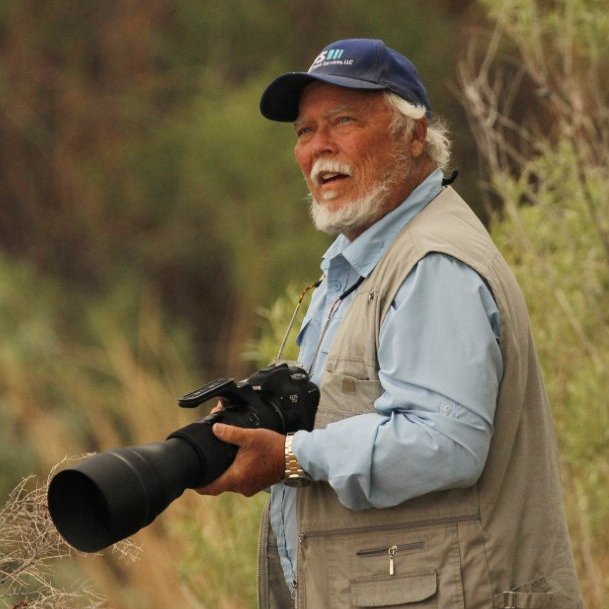 Pizen Switch Times is honored to have international award-winning photojournalist Richard Massey join our team.
Pizen Switch Times is honored to have international award-winning photojournalist Richard Massey join our team.
Current photograph of Richard Massey, taken by friend and local photographer, Roberta Bryant:
While based in the middle east for ten years, Richard’s assignments took him to every country on the Arabian Peninsula, most of East Africa and parts of southern Asia. He has over two hundred magazine covers and dozens of features to his credit. He was contracted by the Chinese government to teach medical photography and to coordinate the development of learning resource centers at two of their major medical universities. Today, he is semi-retired but continues to write the occasional features and holds private photography lessons. Richard Massey’s passion for teaching led him to begin his photography YouTube channel: https://www.youtube.com/channel/UChdW0Jjsca47EpKE5N_jtag
Walker River State Recreation Area
by Richard Massey
This feature was first published in the Nov/Dec, 2018 edition of Nevada Magazine and is published here with their permission.
Nevada’s newest state park—the Walker River State Recreation Area located south of Yerington— is home to the usual assortment of scenic splendor, recreational activities, abundant wildlife, and all the diversions that make the Silver State’s Park system so incredible. But it also has a rich historical past, with some of Nevada’s key figures spending time within the park’s newly created boundaries.
Park entrance at Pitchfork Ranch:
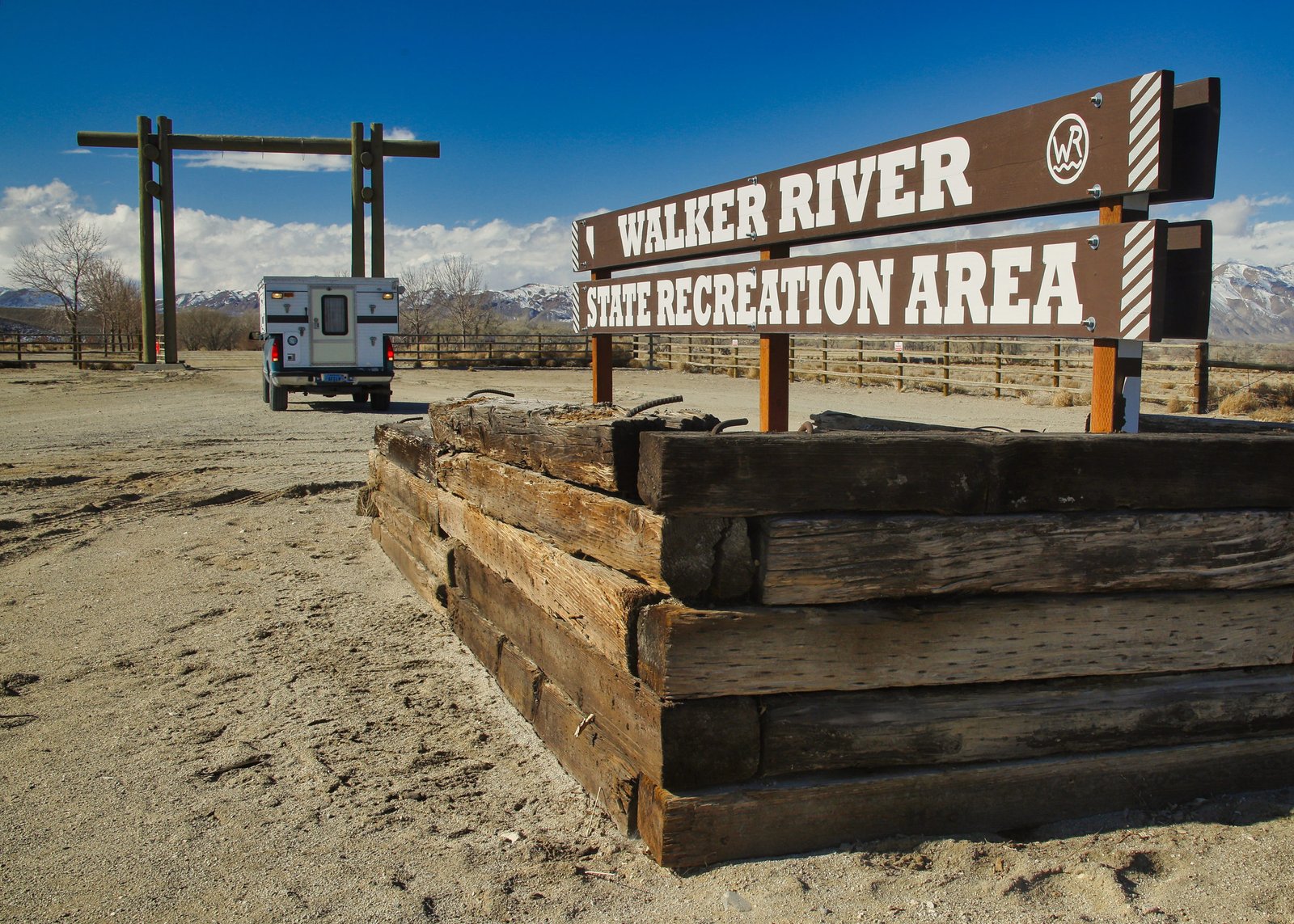
Case in point: in 1862, a rickety buckboard bounced over a 9-mile stretch of dusty road from the booming Aurora mining town to Nine Mile Ranch, the latter is now a part of the new park. On board was Samuel Clemens (a.k.a. Mark Twain). Clemens was racing to the aid of his seriously ill friend, Captain John Nye (brother of Nevada Territorial Governor James Nye), who owned the ranch at the time. Nye recovered, but the good deed cost Clemens a sizable fortune when he lost his newly acquired Aurora mining claim by failing to make the required improvements. The law stated a person had 10 days to show progress on a new claim or lose it. He returned just in time to watch a group of men taking over his claim. Clemens’ trek to Nine Mile Ranch was a costly one, but today, the benefits of visiting the area far outweigh any cost.
At more than 12,000 acres, the Walker River State Recreation Area is Nevada’s fourth largest state park. The main park entrance is located at the Pitchfork Ranch, about 10 miles south of Yerington. From that point, it extends nearly 29 miles south along the scenic East Walker River corridor and encompasses four recently purchased ranch properties: the Pitchfork, Rafter 7, Flying-M, and Nine Mile.
Bringing the park to reality was a challenge and was only possible through the tremendous cooperation of several agencies and organizations. Working closely with the Walker Basin Conservancy and the National Fish and Wildlife Foundation has made it possible to open areas that haven’t been available to the public in more than 100 years. The ranch areas opened in phases, starting with the Pitchfork complex, and the “elbow” section of the Nine Mile Ranch. Next was the Rafter 7 with camping, kayaking/floating, cabin rentals, and meeting rooms. The Flying-M was the final area to open.
PITCHFORK MARKS THE SPOT ~ The park headquarters is located at the Pitchfork complex, along with a visitor center and shaded picnic areas. A pond is used for kayak and water-safety training, and the park provides all the necessary kayaking equipment for the class for a fun-filled family water experience at no cost beyond park admission. The equipment is only available for the class, but experienced kayakers with their own gear can take advantage of a 5-mile kayak run down the Walker River, which is accessible from the park.
Debby & John Dibble (with their four-legged friends) were the first to explore the park’s kayak-run on the East Walker River. The Dibbles operate the Dogs in Bloom training center in Mason Valley:

When you enter the visitor center, be sure to check out Richard Massey’s photo exhibit just to the right as you enter. The exhibit features several large prints of scenic landmarks and wildlife found within the park.
This winged four o’clock is one of many wildflowers that add beauty to the countryside. In late summer the fields adjacent to the southern boundary of the Pitchfork Ranch are ablaze with sunflowers: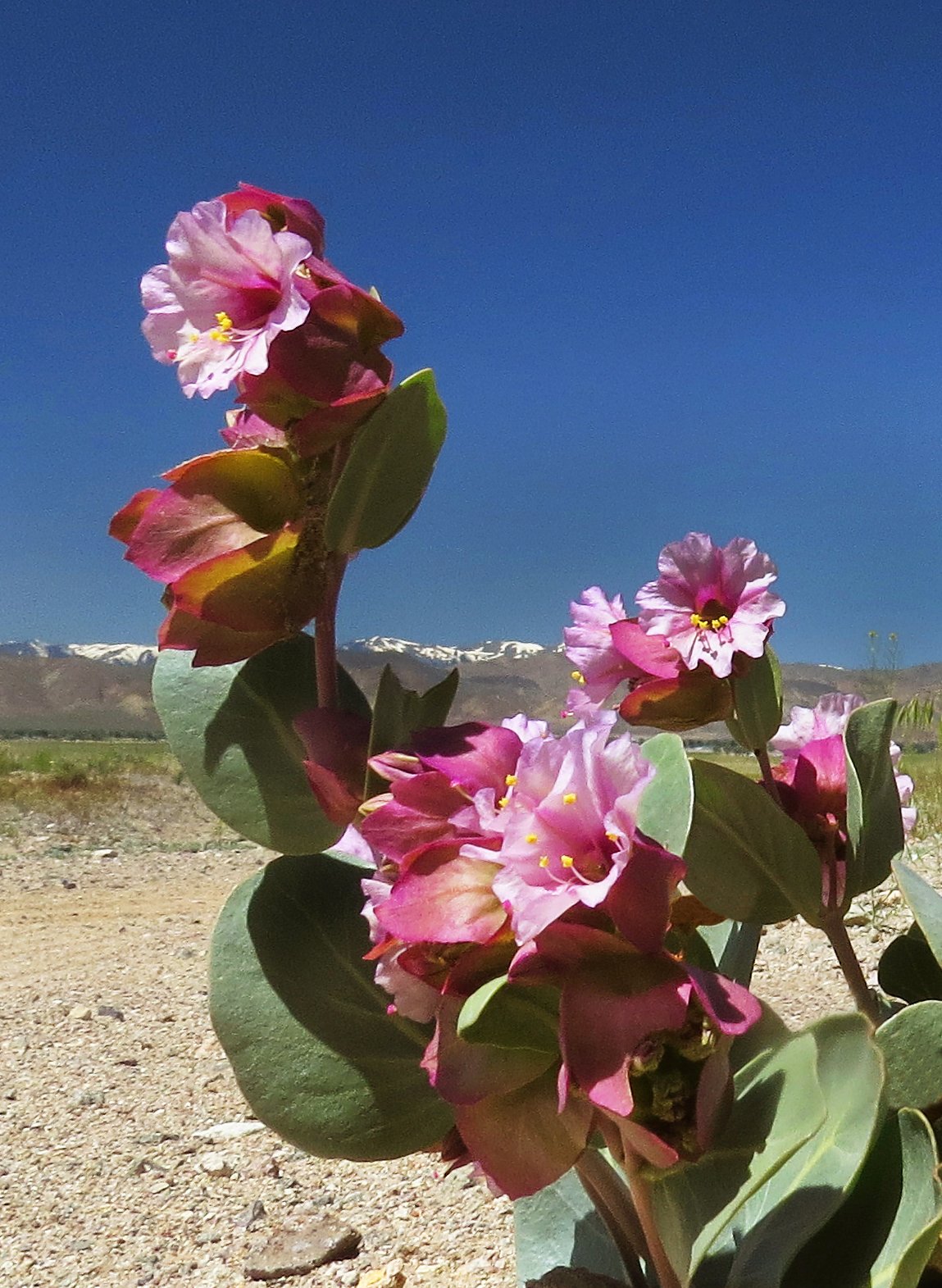
Several old mining sites can be found in the park and Adjacent BLM land. A popular destination is Pine Grove, where a few standing buildings, a large stamp mill, and a cemetery at the top of the hill can be found.
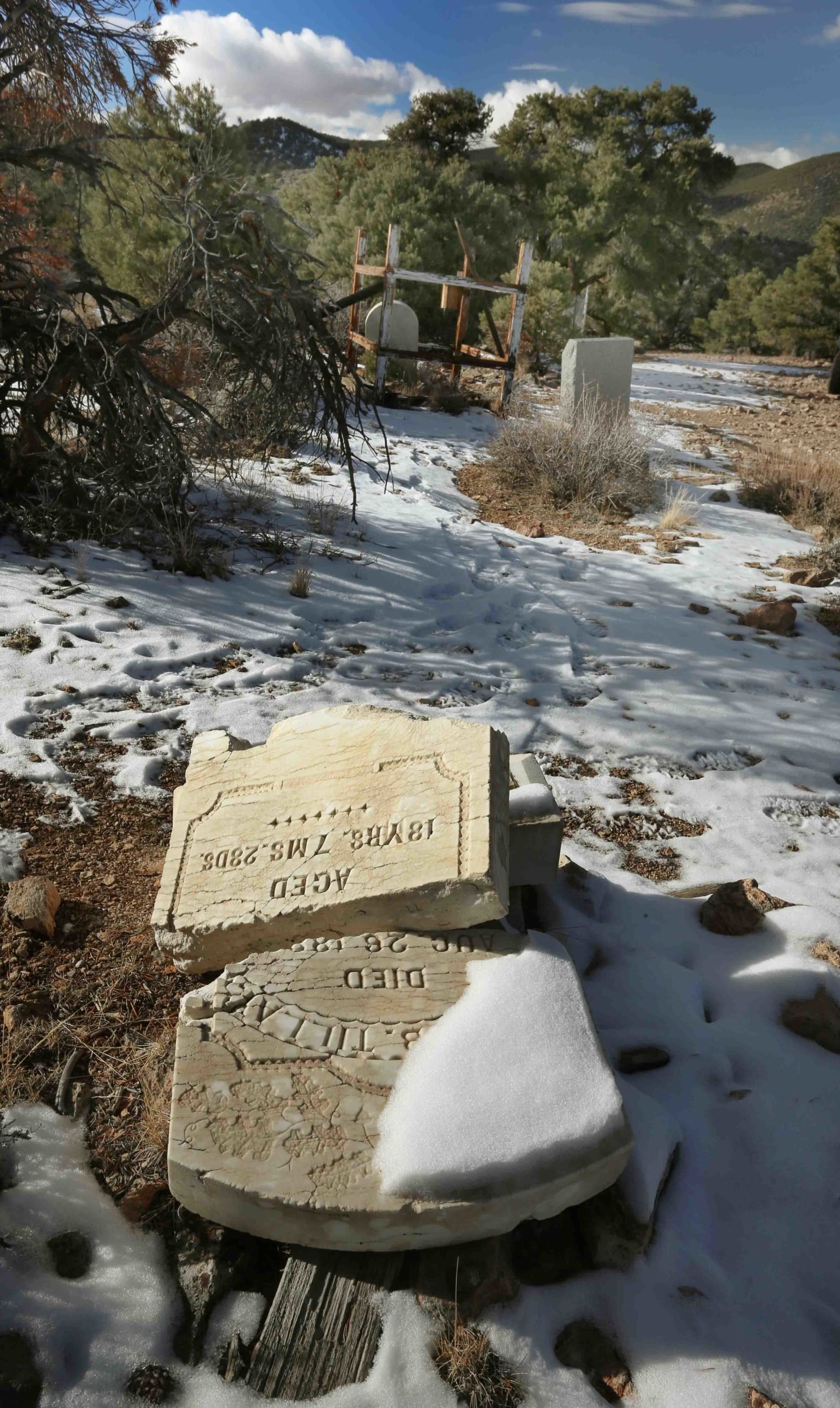 For those wanting more than just a day trip, two separate camping areas are located near the center. The western camping facility consists of 16 dry campsites suitable for tents or RVs, each with a shaded table and fire pit. Both pull-through and back-in sites are available, and bathrooms and free shower facilities are centrally located. This area is an easy walk to the visitor center and to the river where the kayak/float take-out spot is located. Hikers and mountain bikers can find the trail head for a 7-mile wilderness trail, also. To the southeast, is a 24-space RV area. Each spot has a fire ring, a shaded picnic table, and electrical hookups. A dump station is nearby. There are five fully-equipped rental cabins located in a secluded, shaded area along the river to the south.
For those wanting more than just a day trip, two separate camping areas are located near the center. The western camping facility consists of 16 dry campsites suitable for tents or RVs, each with a shaded table and fire pit. Both pull-through and back-in sites are available, and bathrooms and free shower facilities are centrally located. This area is an easy walk to the visitor center and to the river where the kayak/float take-out spot is located. Hikers and mountain bikers can find the trail head for a 7-mile wilderness trail, also. To the southeast, is a 24-space RV area. Each spot has a fire ring, a shaded picnic table, and electrical hookups. A dump station is nearby. There are five fully-equipped rental cabins located in a secluded, shaded area along the river to the south.
Nine Mile Ranch (also known as Nine Mile Station) is a highlight for history buffs. Kit Carson and John C. Fremont camped at the site where Rough Creek crosses the road during their famous Lost Cannon Expedition of 1843-44. At the time, Fremont was a 31-year-old second lieutenant in the U.S. Army’s Corps of Topographical Engineers and Kit Carson was the guide for the 30-man expedition. During their travels they also visited and named the Humbolt River, Pyramid Lake, and the Carson River.
The ranch was a major stage stop between Carson City and Aurora, and at times was a school, and also a boarding house whose most notable guest was Samuel Clemens. The ranch earned its name because it was 9 miles from Aurora. Although seriously damaged by a series of earthquakes in early 2017, the main brick building is still there and is the oldest standing structure in Mineral County. Because of the damage, interior access is prohibited but there are plans to restore it and have tours.
The Flying-M Ranch is perhaps the most famous ranch in the park. It was owned by Barron Hilton (of the Hilton Hotel empire) and was a playground/retreat for the rich and famous, including astronauts Buzz Aldrin and Chuck Yeager, and actors Morgan Freeman and Cliff Robertson. The main buildings and airport runway are off limits to visitors. Today, it’s still common to see several private jets parked at the end of the runway.
The runway at the Flying-M Ranch is still a playground for the rich and famous:
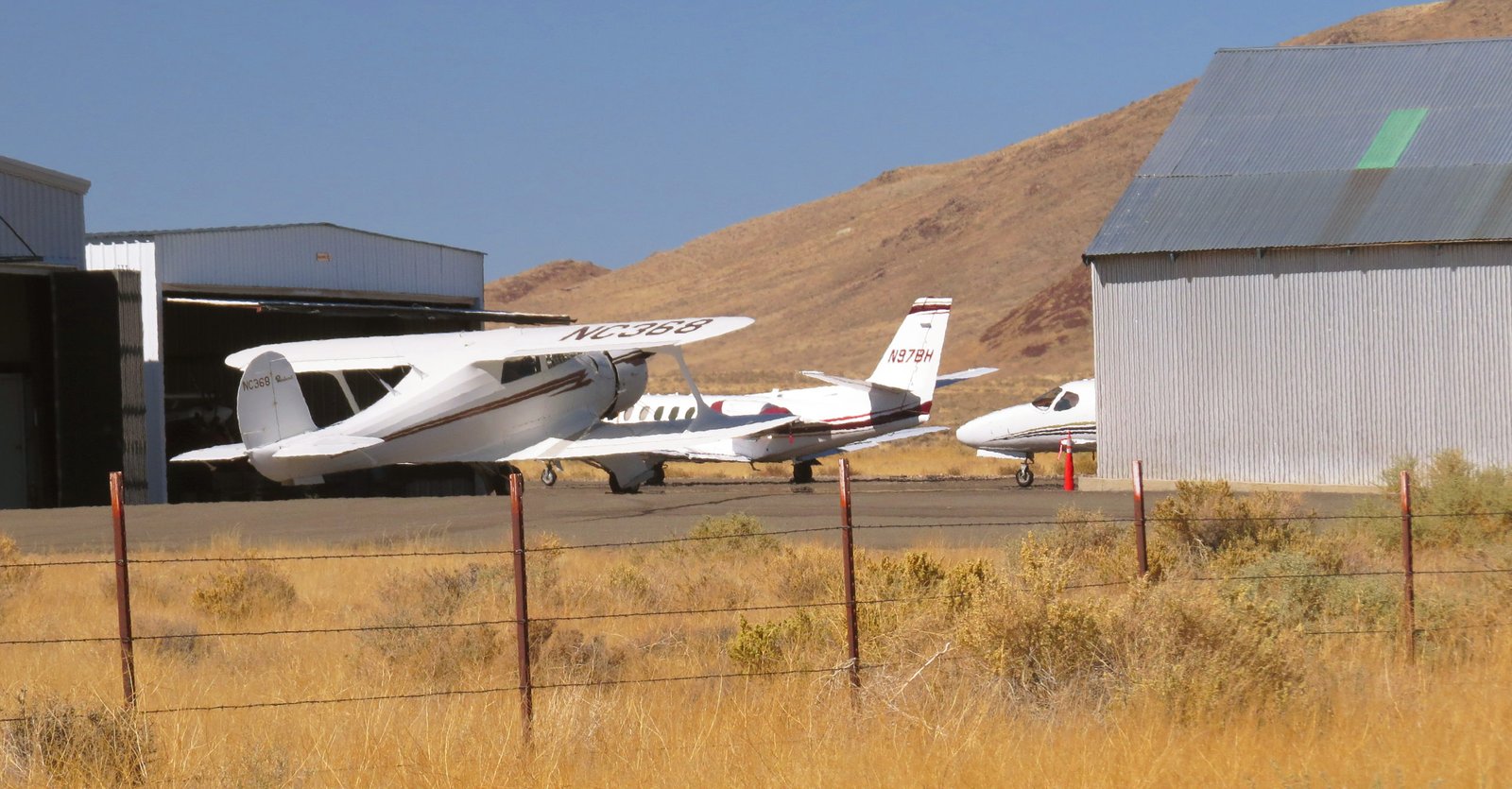
WHERE THE WILD THINGS ARE ~ The East Walker River is recognized as one of Nevada’s premier trout fishing areas and the surrounding terrain is home to an abundance of wildlife. Mule deer, herds of antelope, and bighorn sheep can be seen, as well as an amazing variety of birds, including the endangered bi-state sage grouse.
Antelope, bighorn sheep, and mule deer all reside in and around the park:
At the elbow, which defines the southern border of the park, the water is cold, clear, and is the perfect spot to find brown and rainbow trout. There is easy river access at this spot, plus the Bighorn Campground with developed camping/picnic areas and toilets, making it a perfect spot for a family outing. For the more adventurous, explore the remote, steep canyon areas a mile or two north of the elbow.
The East Walker River is one of Nevada’s premier fishing destinations. Your best bet for large trout is the elbow at the park’s southern boundary:
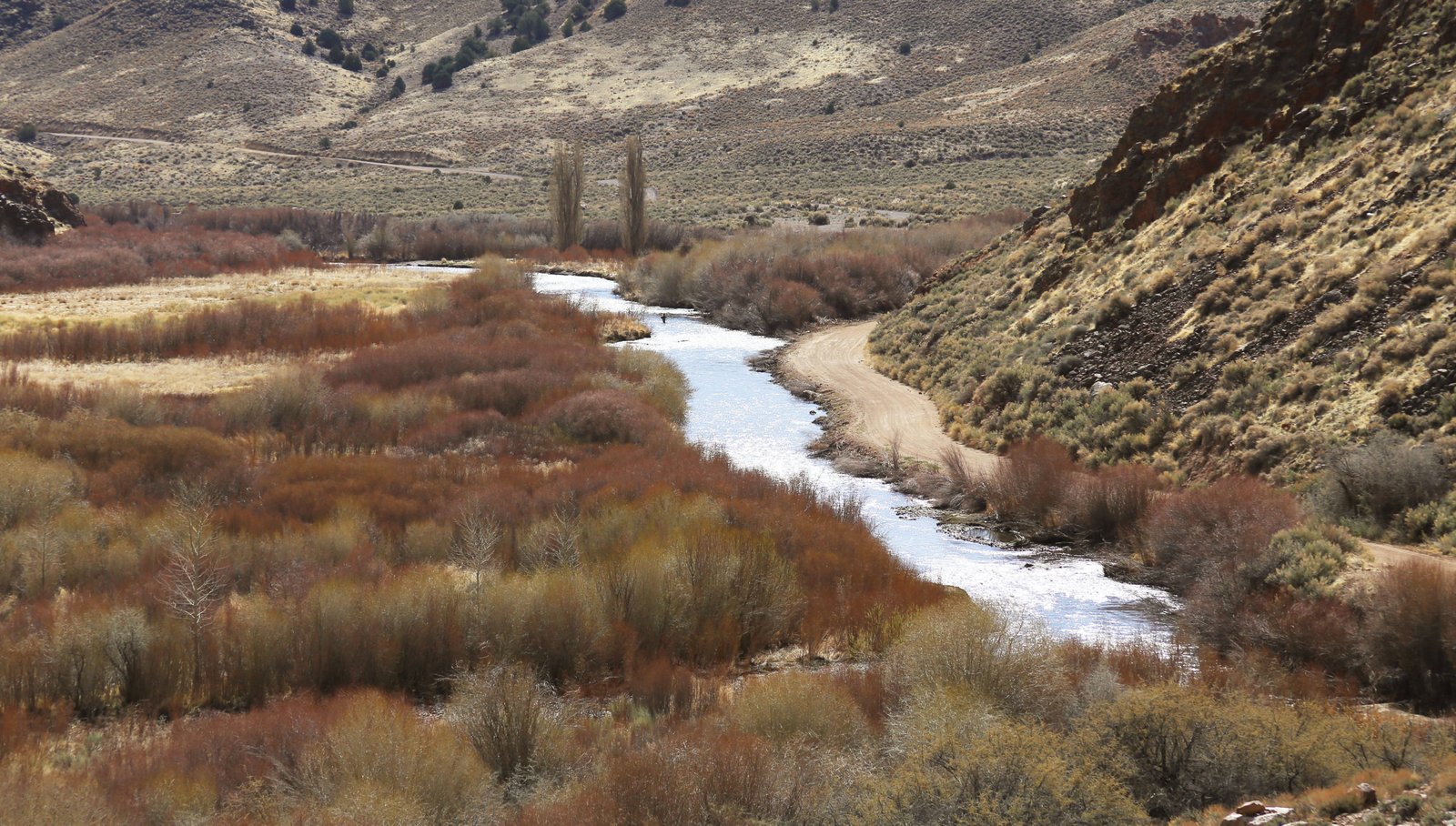
With such an abundance of wildlife, the park and surrounding federal lands provide excellent hunting opportunities. According to the state parks’ website: “Waterfowl, small game, and upland bird hunting is permitted in specified areas. The Walker River State Recreation Area includes hunt units 201-204 and big game hunting will be permitted, although State Parks is currently working with the Nevada Department of Wildlife to determine particulars. Only shotgun or archery will be permissible, no rifles or muzzle-loaders, and no vehicular access inside the fence line.” Depending on the season, the park offers abundant opportunities to view and photograph wildflowers.
Whatever adventures you seek, be it hiking, biking, camping, or kayaking, Nevada’s newest state park is ready to fit the bill. From the peaceful sound of the river flowing near your camp, an abundance of wildlife, spectacular star-filled skies, old mining camps, an endless variety of photo subjects, and the chance to walk in the footsteps of Mark Twain, Kit Carson, and John C. Fremont, Walker River State Recreation Area is ready to be discovered anew.
Picture 1: The author tries his luck. His favorite fly for large brown trout is a woolly worm slowly bounced along the bottom. Picture 2: This resident great horned owl hangs out in a big cottonwood next to the visitor center.
Branch Out A Little ~ Although not within the park boundaries, there are several interesting areas nearby that are within the jurisdiction of the park and are certainly worth a visit. Interesting geological formations as well as numerous old shacks and mining camps dot the hillsides. Pine Grove is one such site that is popular with both explorers and photographers. Several buildings and the original stamp mill still stand. Be sure to visit the old cemetery at the top of the hill that overlooks the mine site and valley beyond. A surprising variety of interesting headstones cover the area.
Fletcher (also referred to as Fletcher Springs) has a primitive camping area with toilet facilities maintained by the park and is just 3 miles east of Nine Mile Ranch. Large shade trees, several ponds, and an abundance of wildlife are major attractions. Of the many structures that once stood there, only a single-room stone building remains. This was the post office for the area and a major stage stop between Hawthorne and Aurora. Fletcher is where, in the 1800s, an enterprising prospector who was down on his luck decided to raise bullfrogs to supply fresh meat for the folks in nearby Aurora. Things went well for a short time, but soon word spread among the wildlife and the prospector’s profits were consumed, literally. Camp at Fletcher and you will hear the descendants of those early inhabitants. Be sure to bring earplugs and plenty of insect repellent!
One of the many ponds at Fletcher Camp. The site is an excellent spot for dry camping and has toilet facilities. During summer nights you may need ear plugs because of the many frogs:
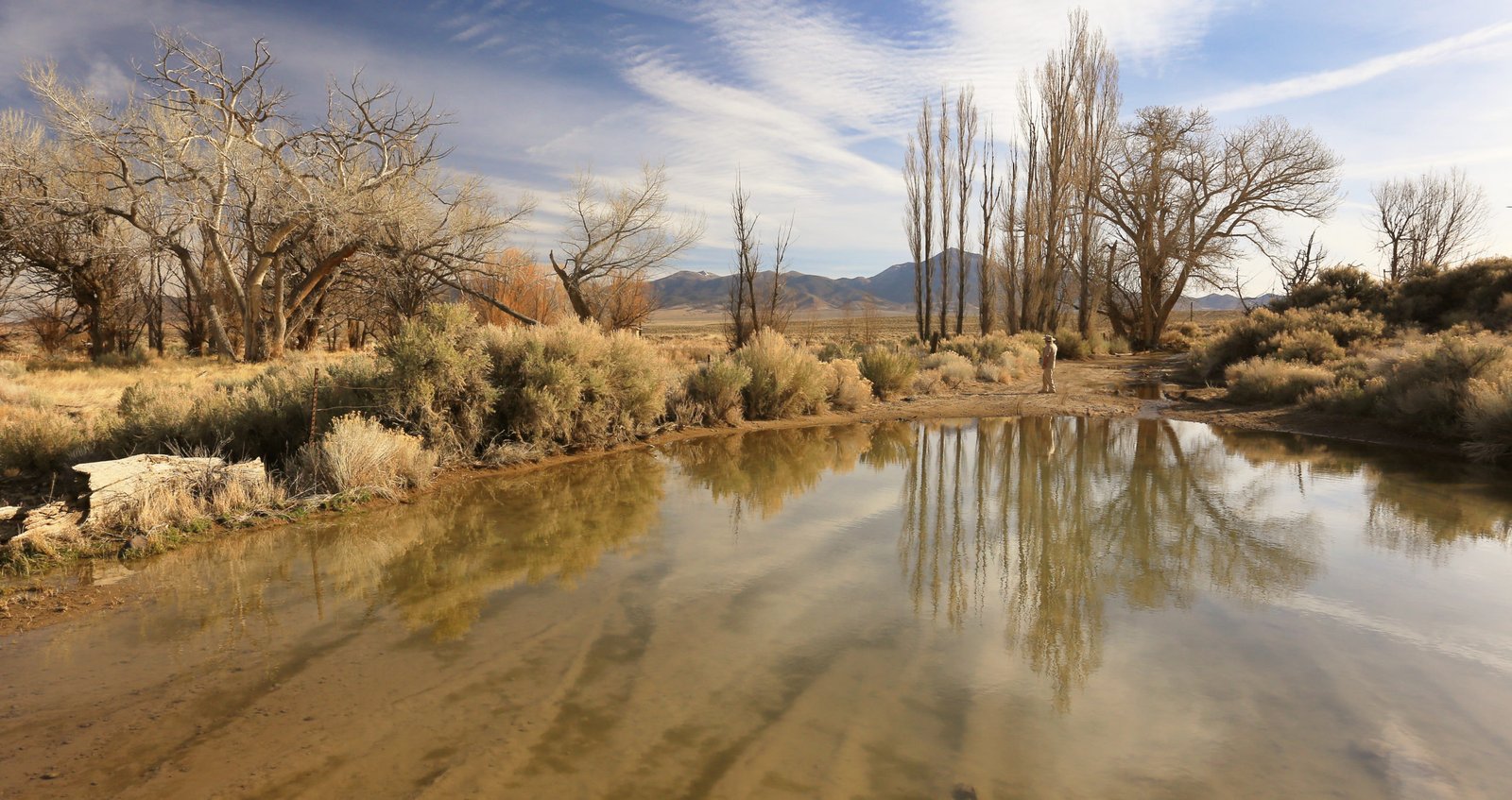
NEW ADVENTURES AWAIT ~ To reach Pitchfork Ranch, travel 4 miles south of Yerington on State Route 208 and look for the East Walker Road on the left. After 4.25 miles you will see a towering wooden arch on the right. This is the park entrance. The main road through the park does not always follow along the river. There are several areas where it deviates away from the river over BLM land. To drive from one end of the park to the other is about 50 miles and there are no paved roads. Although the dirt roads are graded, they can be rutted and are subject to the weather. There are no facilities for food, water, or emergency services within the park so come prepared. Once you leave Pitchfork heading south, cellphone service is limited. Four-wheel drive and high clearance are not required on the main dirt roads, but once you get onto the side roads conditions can deteriorate rapidly.

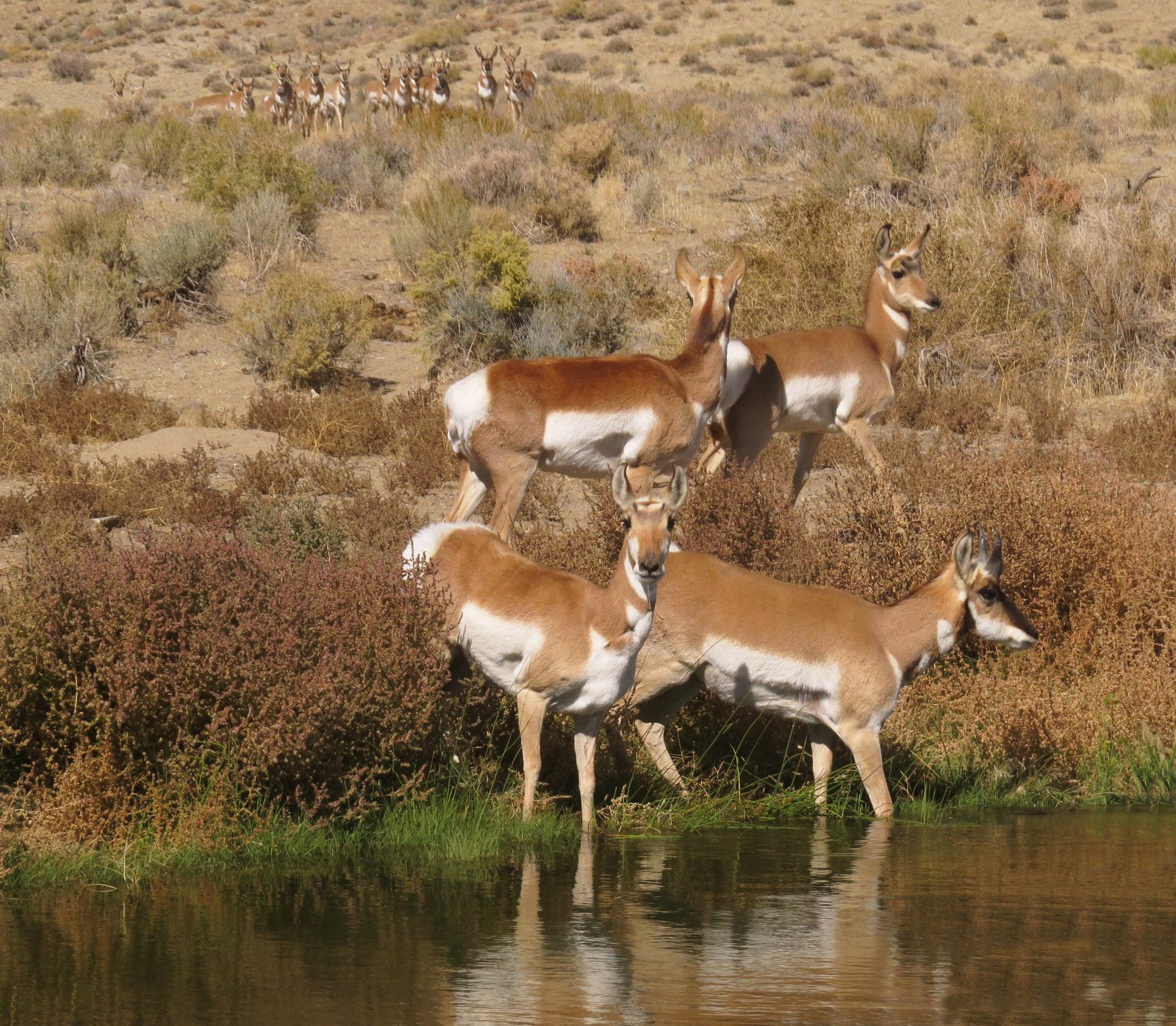
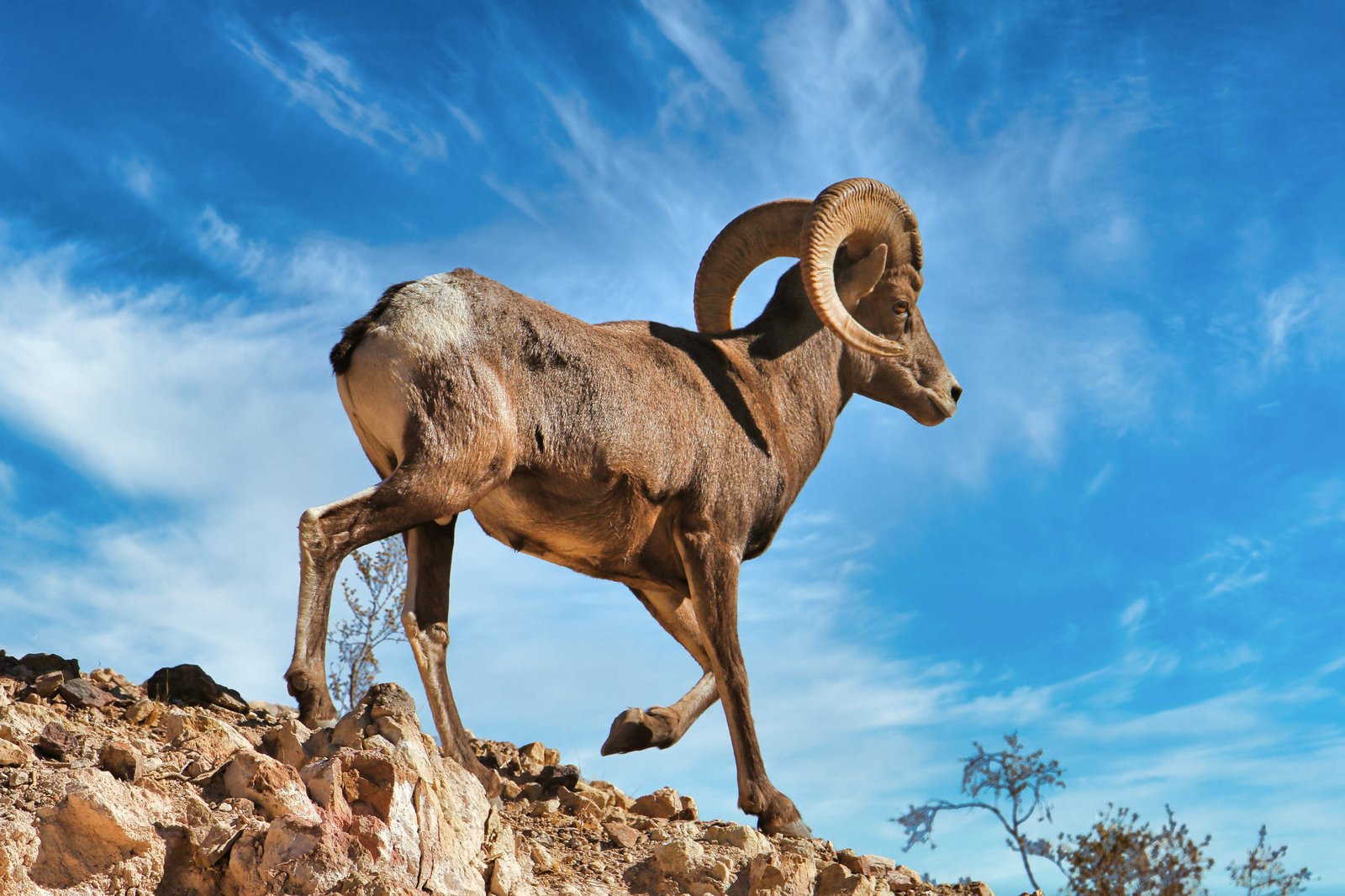

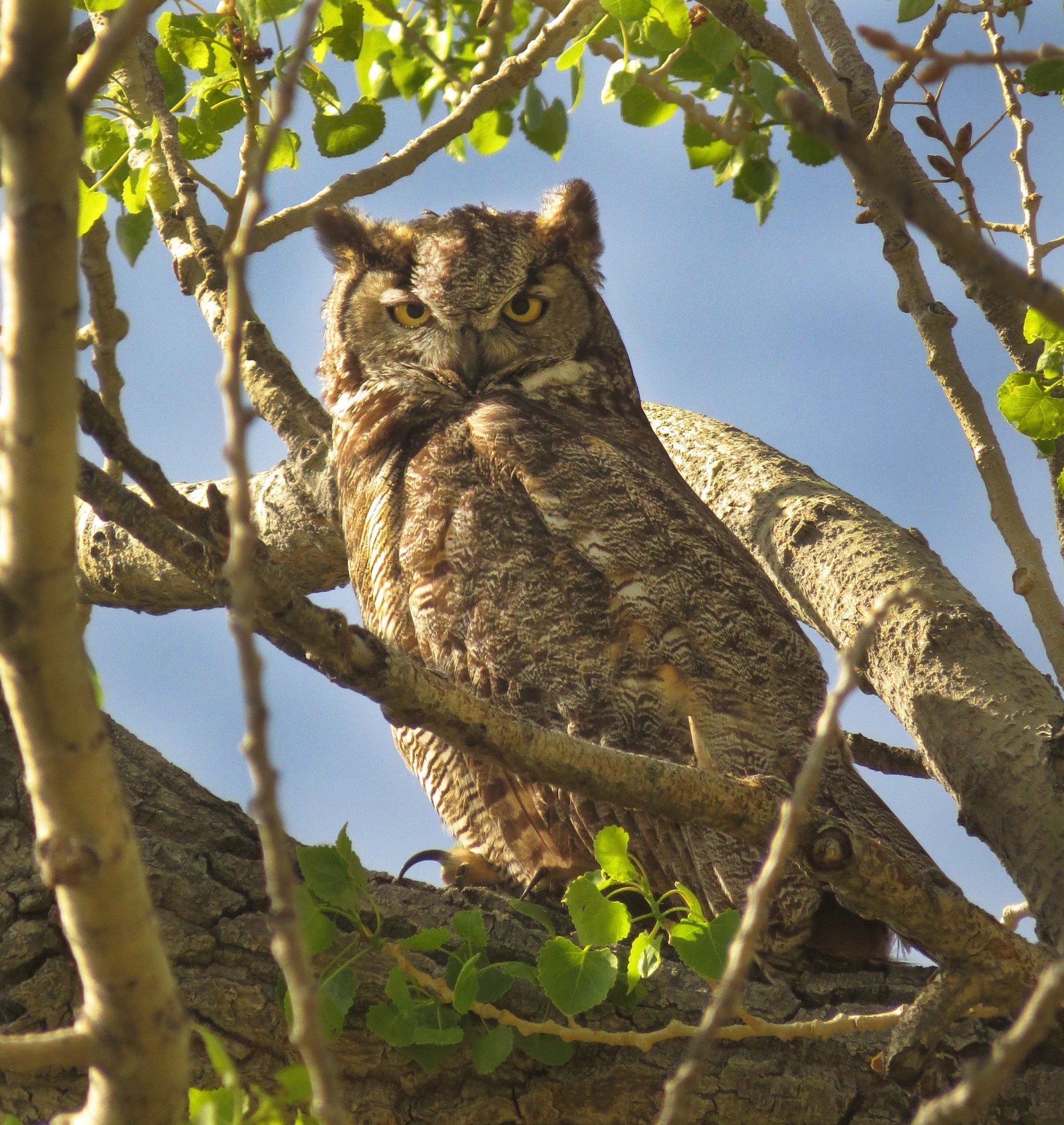


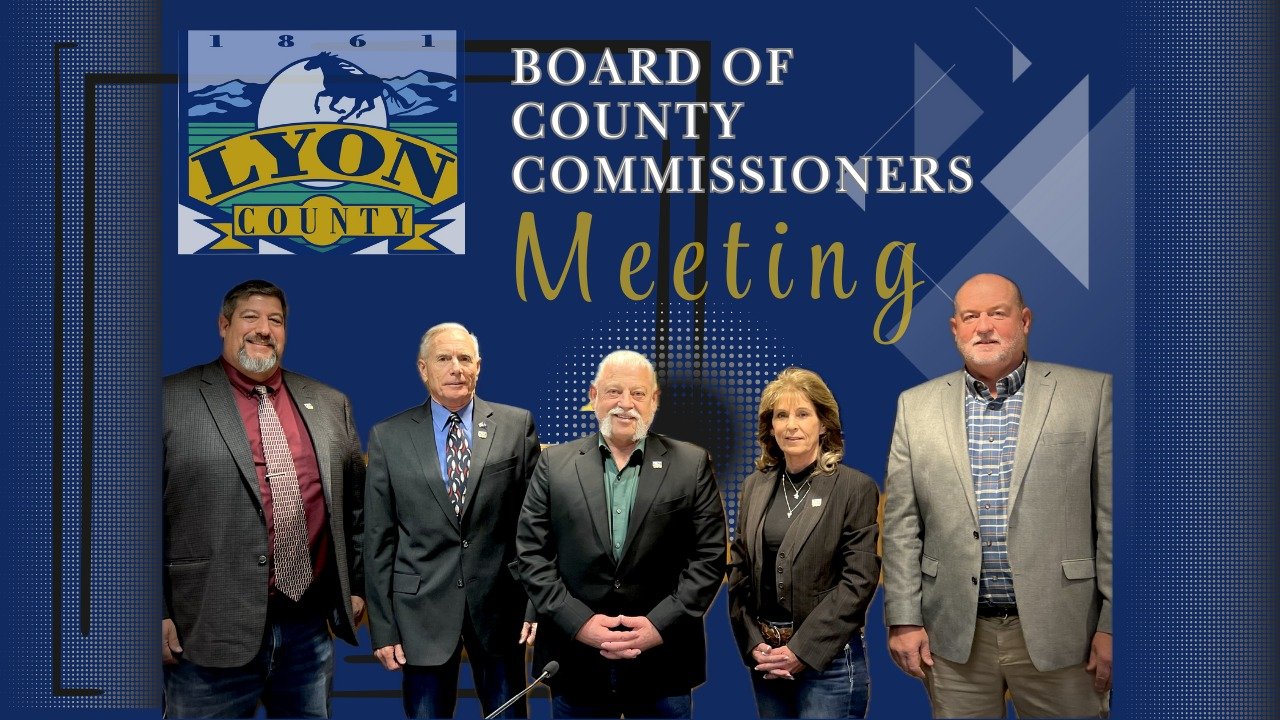
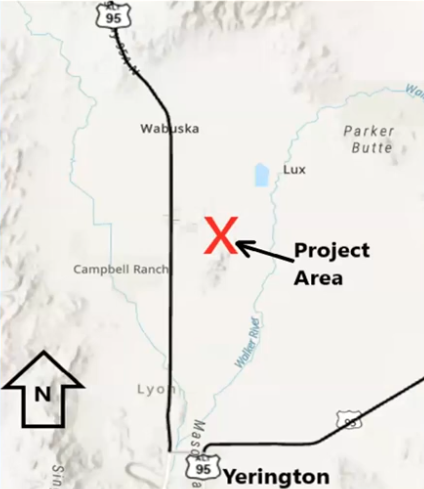
More Stories
December 4, 2025: Lyon Board of County Commissioners to Address Monarch Data Center Request for Mason Valley Rezoning
Richard Massey’s Spotlight on Nevada: The Historic Railroad Hiking Trail near Hoover Dam
Through A Child’s Eyes Foundation Brings a Formal Evening of Classical Music to Mason Valley